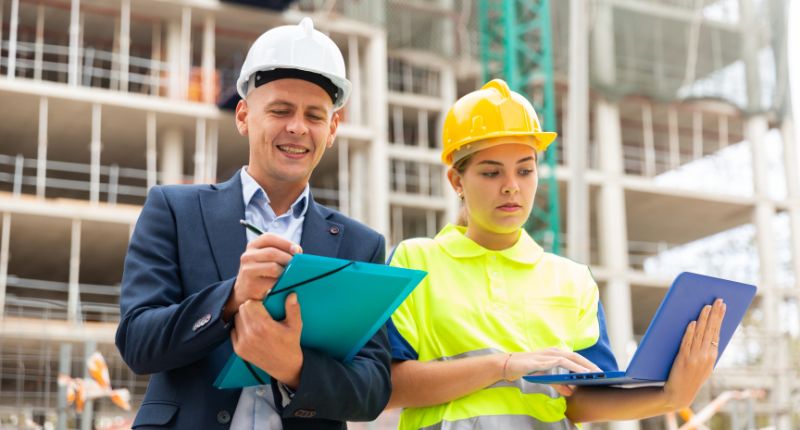- The peak body has set ESG goals for the building and construction industry.
- The report highlights the links between sustainability and profitability.
- One of the key aspects of the plan is building a circular economy.
Master Builders Australia (MBA), the country’s peak building and construction industry association, has released its inaugural report outlining building and construction sustainability goals to be achieved by 2050.
These eight goals are:
- Net zero built environment;
- Resilient built environment;
- Circular economy;
- Fair and safe workplace conditions;
- Equality, diversity and inclusion;
- Fostering positive workplace mental health;
- Assessing the structures, frameworks and relationships in the industry supply chain, and
- Best practice standards in community engagement.
Sustainability is profitability
Master Builders Australia CEO, Denita Wawn, said a sustainable and profitable building and industry are inextricably linked.
“The average profit margin across the building and construction business is around 5%, but this can be quickly eaten away in a high inflation environment if the builder is locked into a fixed price,” she said.
“During the pandemic, the cost of building homes increased by 20%. This number is now falling, with the cost of building still inflated by 7.3%, but less than the 2022 high of 20%.
“We have seen this play out over the last year with builders in a profitless boom as material inflation, supply chain disruptions, and labour shortages have forced many builders to absorb these costs with inadequate risk-sharing provisions along the supply chain.”
Wawn added that businesses that address sustainability issues are better equipped to manage risks associated with environmental, social and governance (ESG) factors, thus able to make profits in a net zero, de-carbonised milieu.
Why net zero by 2050?
Wawn noted that the operation of buildings accounts for half of Australia’s electricity use and almost a quarter of greenhouse gas emissions.
“Now that government has legislated emissions reduction targets, the industry is being called on to make a contribution to meeting these mandated targets,” she said.
“A clear plan with a sensible transition process from the Government, underpinned by an evidence-based approach to transitioning new methods and practices, will assist in attracting the investment in technology needed, boosting confidence in the market and providing the support builders need to transition successfully to net-zero construction methods.”
Denita Wawn, Master Builders CEO
Wawn added that the Federal Government’s recent commitment to establishing a built environment sector focus for the energy transformation process is a vital part of the change process.
“[We] support the state government extensions of timeframes for the adoption of 2023 National Construction Code changes to ease the transition burden for the building sector whilst it grapples with economy-wide inflationary pressures,” she said.
Building the circular economy
According to Wawn, Master Builders is looking closely at innovations in the circular economy.
Put simply, a circular economy puts emphasis on reusable materials in order to minimise waste and pollution.
Wawn pointed to the use of XFRAME, a timber frame construction, as an example.
“XFRAME, a prefabricated light-weight wall framing system that is flexible and adaptable to accommodate future change is being used in projects,” she said.
“The components assemble into structural panels without the need for nails, glues or screws – making this modular system easily reparable and reusable.
“Being designed for deconstruction reduces time, labour and costs at end of life.”








